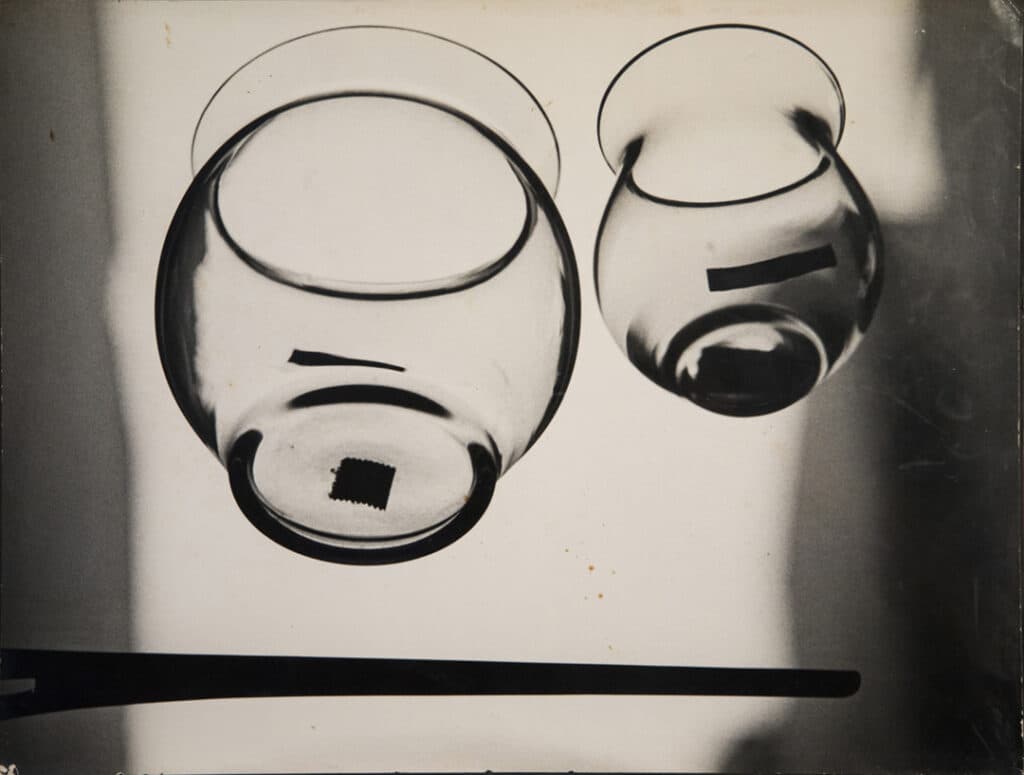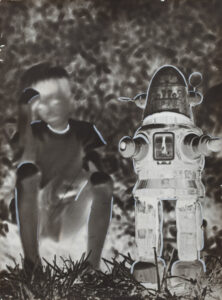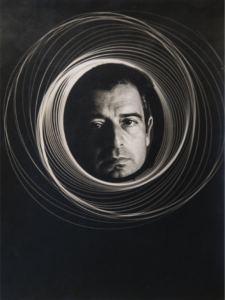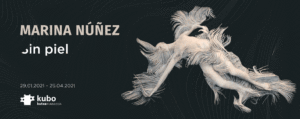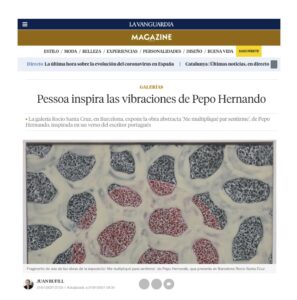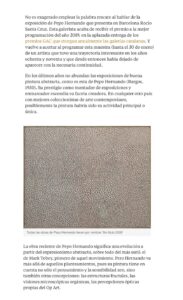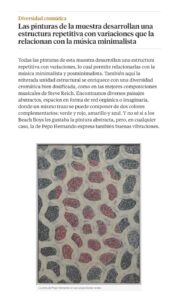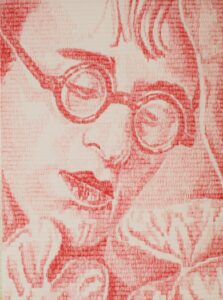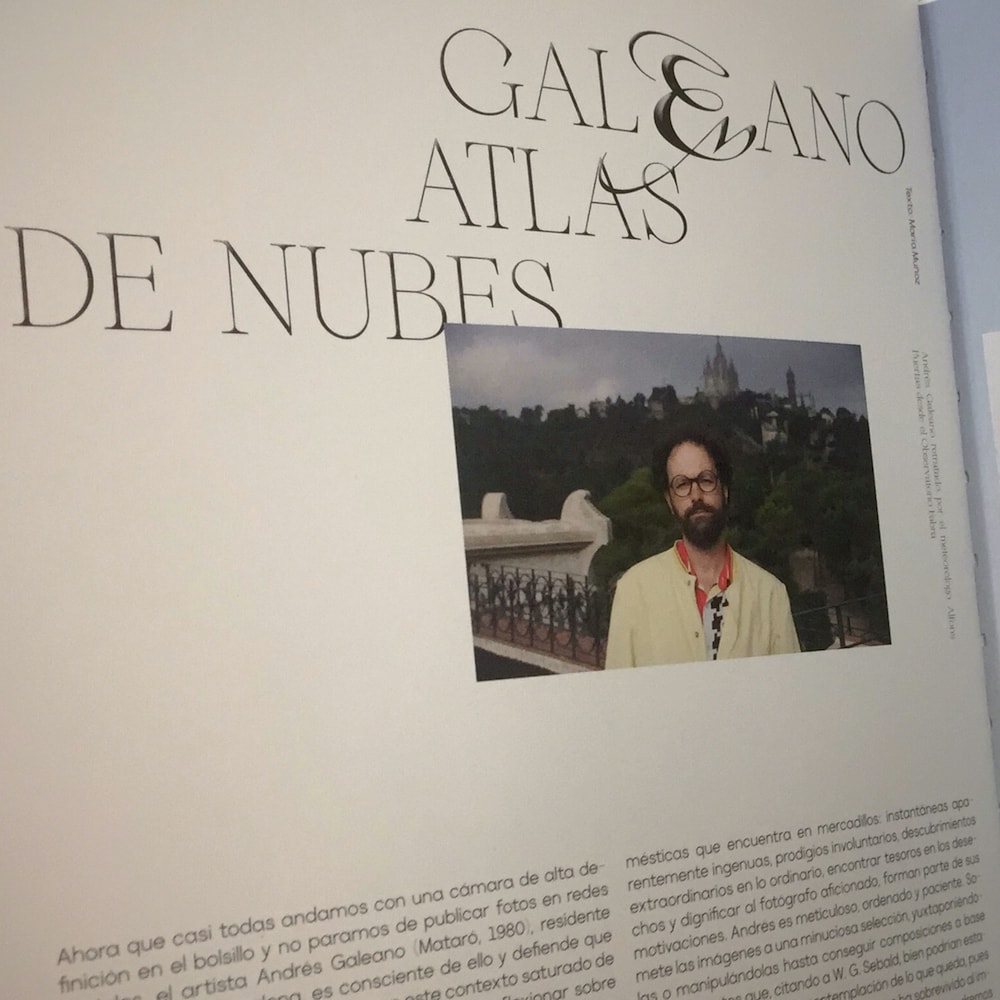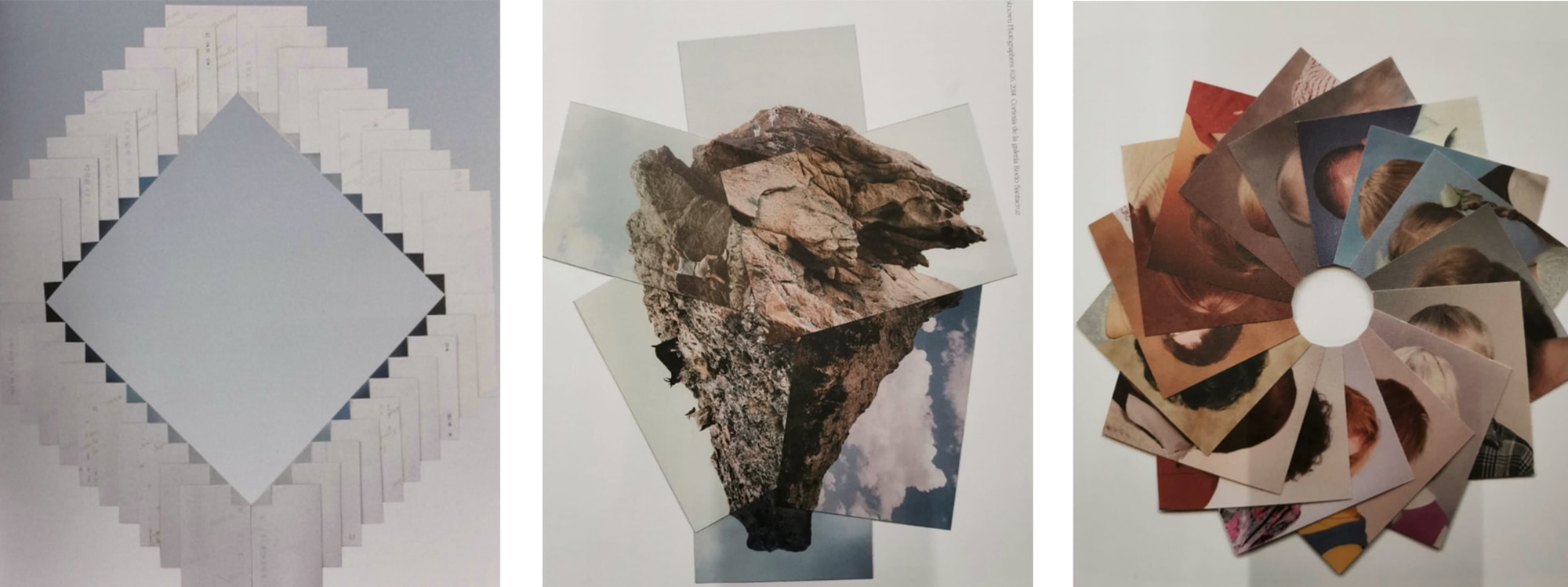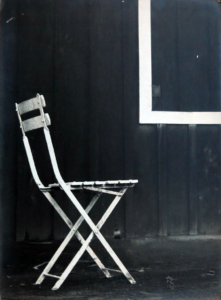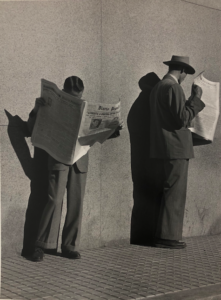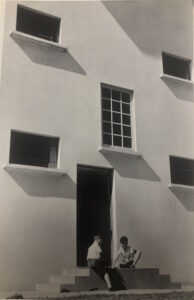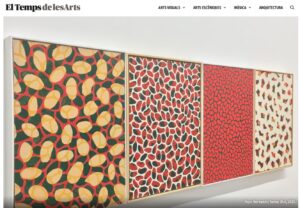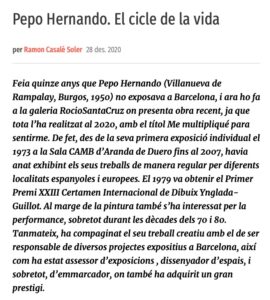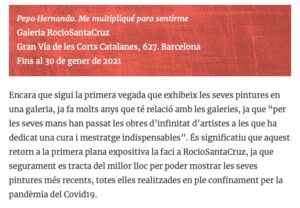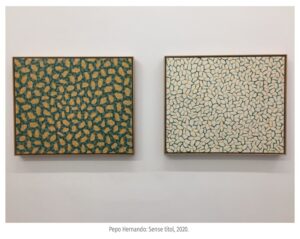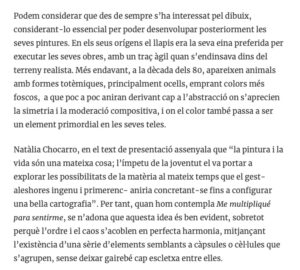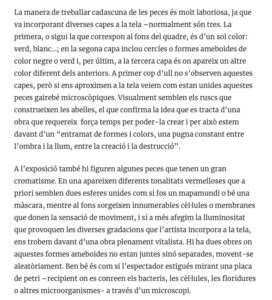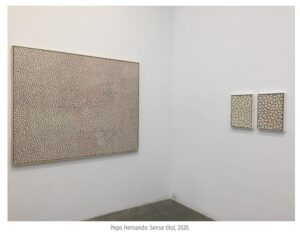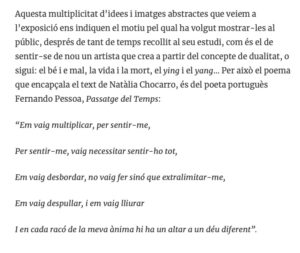Lourdes Grobet – Lucha Libre – Librería ArtsLibris
Lourdes Grobet (Mexico City, 1940) is one of the most renowned contemporary photographers on the current art scene. Her work on Mexican wrestling has earned her wide international recognition, consolidating her view of the country’s urban culture. RocioSantaCruz brings together a careful selection of her work in the exhibition Lourdes Grobet. Lucha libre, which can be visited at the ArtsLibris bookshop, located inside the gallery, from the 6th of February. On the occasion of the publication of her photobook, Lucha libre. Retratos de familia, published by RM and available at ArtsLibris, RocioSantaCruz is preparing an extensive programme of activities and dialogues on the photographer’s work in the gallery’s courtyard.

Lourdes Grobet uses photography to undo the seams of power and censorship. Her art resorts to interdisciplinary, or rather, antidisciplinary practices: film, installation and performance come together in the visual experimentation of this photographer, whose gaze is always directed towards the blind spots of representation. Her work is a constant search for new artistic languages, as well as a defiance of any kind of formal or conceptual authority. It is not technique that sets the pace, but the affirmation of freedom.
Grobet unfolds an intuitive, as well as coherent, gaze. Hers is not a coherence born of convention, but born of the desire to show what remains hidden, set apart, relegated to the margins of society. Su trabajo sobre la lucha libre explora las raíces culturales del México urbano. Her work on wrestling explores the cultural roots of urban Mexico. For decades, she has portrayed the most emblematic characters in and out of the ring.
Grobet’s portraits stem from a childhood prohibition. Her father, a wrestling fan, refused to take her to the fights because she was a woman. Her reaction, years later, was to make enter the scene armed with a camera, and to make a place for herself. From this symbolic transgression, a strange and tender archive was gradually woven. A repository of lives, rituals and masks.
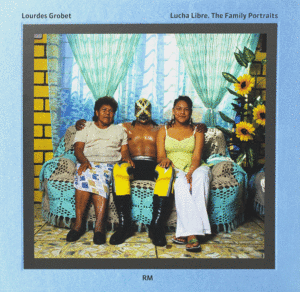
Lourdes Grobet – Lucha Libre – Librería ArtsLibris Read More »

